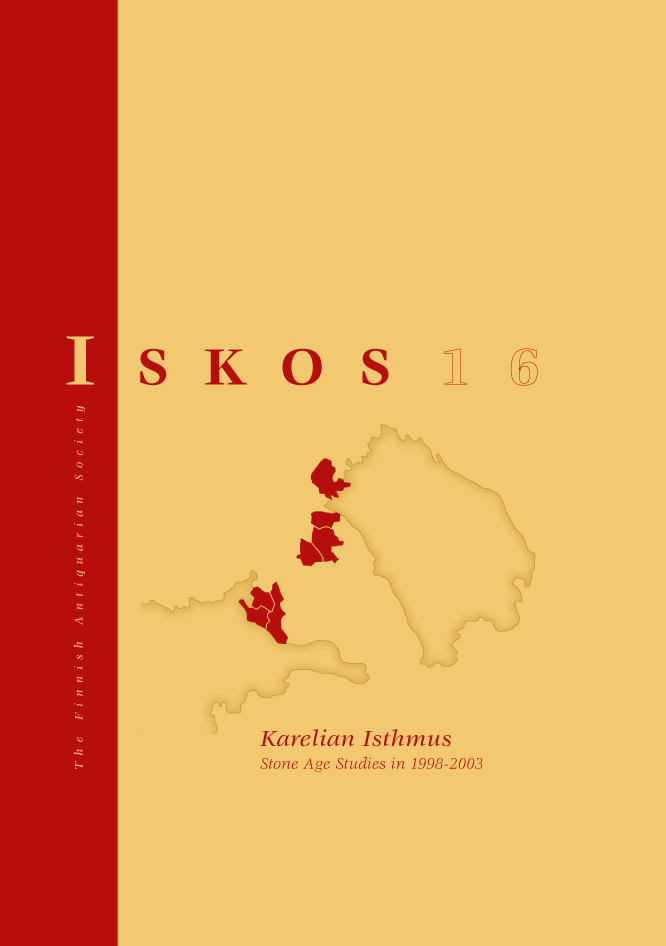On the history and recent studies of the 'Antrea Net Find'
Abstract
In 1913, in connection with the draining of a wetland, a number of Stone Age objects were found in the former Finnish Municipality of Antrea in the Karelian Isthmus. During the investigations carried out in 1914 , more objects were discovered, including the unique remains of a fishing net. A column of the sediment profile was taken and a phytopalaeontological analysis indicated that the context had sunk in the channel which had connected the Baltic Sea and Lake Ladoga early in the Ancylus phase. The 'Antrea Net Find' immediately triggered an animated and, at times, passionate discussion about the typology, cultural relationship and chronological position of the artefacts and the context as a whole. After more than 90 years, this discussion is still going on. However, the ethnographic reconstruction of the find presented by Sakari Pälsi right after his excavation at the find spot appears to have found continuous acceptance.
In 1998, a workgroup from the Department of Archaeology, the Department of Geology and Palaeontology and the Dating Laboratory, University of Helsinki, visited the site and took a new sample column of the sediment profile aiming at a fresh examination applying a variety of current methods not available in the early years. The results of these studies are presented elsewhere in this volume (Miettinen et al. 2008). This article is divided into four sections: 'On the Antrea Net Find and the work of Sakari Pälsi ', 'A history of opinions and studies', 'A reassessment of the 'Antrea Net Find': environment and archaeology' and 'Concluding remarks'.
Downloads
Published
Issue
Section
License
©-info is an icon found on websites or articles, brochures or other PDF documents clicking on which shows easily you the author details and usage rights. By clicking on the icon, you can find out who made and produced the content: images, articles, videos and other material. The information also includes whether the content and material can be used or copied in teaching or other work-related use, for example. (https://www.c-info.fi/en/what-is-c-info/)




